"Laboratory PPSh" creates new means of detecting UAVs
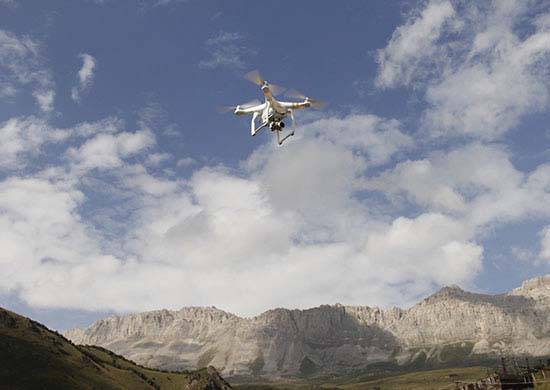
A small commercial model quadcopter is a source of danger and problems. Photo by the Ministry of Defense of the Russian Federation
In the course of countering enemy unmanned aerial vehicles, several tasks of various kinds have to be solved. One of the main ones is the detection of such a target, the recognition and assessment of potential harm from it. A variety of optical and radio-technical means are already being used to perform such tasks, and recently it has become known about the development of new specialized systems.
Promising systems
The development of new systems for countering UAVs is being carried out by JSC Laboratory for Combating Industrial Espionage (Laboratory PPSh) from St. Petersburg. The company has extensive experience in the field of electronic countermeasures and blocking, incl. to fight drones.
On November 9, the TASS agency reported on the new project of the PPSh Laboratory. Currently, the company is developing several systems at once for detecting UAVs in the near zone. Projects of this kind have gained particular importance after the start of the Special Operation to Protect Donbass.
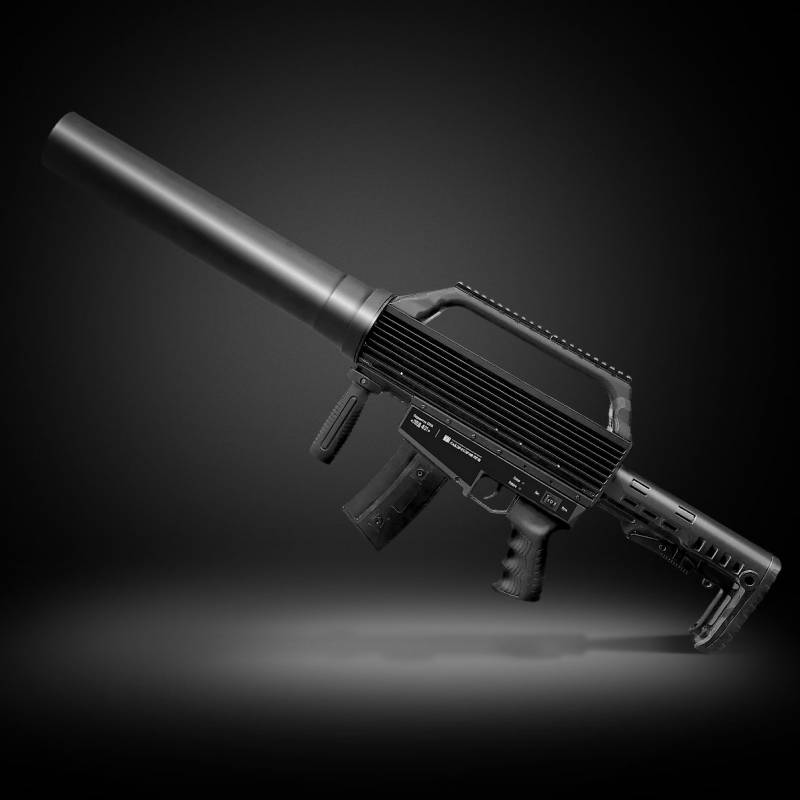
UAV suppression complex LPD-801. Photo "PPSh Laboratory"
In the course of new projects, stationary systems are being created designed to protect important facilities from enemy UAVs. They will be able to detect and track complex air targets. In addition, the "source" of such a threat will be determined. According to the data from the detection system, it is planned to use suppression / blocking complexes of various types in one design or another.
It is reported that stationary countermeasure systems are already being tested. However, no details have been provided so far. The number of such projects and promising systems is not disclosed. Their characteristics and operational capabilities are also not specified. The appearance of the products also remains unknown. Probably, all this data will be revealed later, when the countermeasure systems leave the development stage and are ready for operation.
It should be recalled that the PPSh Laboratory has extensive experience in creating specialized radio equipment. In the catalog of its products there are a lot of blockers or jammers to suppress wireless communications of all common standards. In addition, several portable "anti-drone guns" have been developed and are being produced to combat air targets. Some samples of this kind fell into the zone of the Special Operation and there they ensure the suppression of real enemy UAVs.
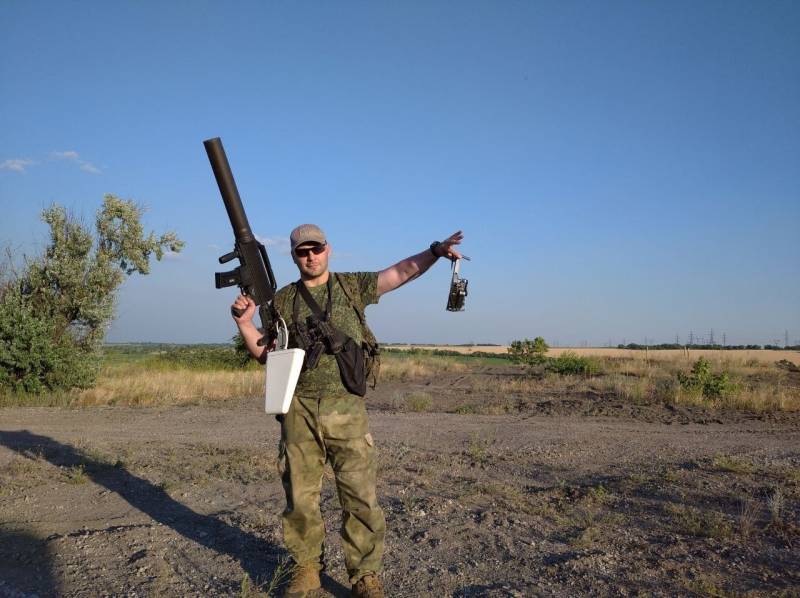
LPD-801 operator and his "prey". Photo Vk.com/novnews
Discovery task
Countering enemy UAVs is a special case of air defense, and existing tools and systems are mainly used to solve such problems. At the same time, drones of various classes can be present above the battlefield, from small quadrocopters to full-size aircraft-type products. Each such threat has its own characteristics in the context of detection and suppression / defeat.
Optical systems are actively used to detect enemy UAVs and issue target designation to fire weapons or suppression systems. Observation of the airspace can be carried out by personnel visually or with the help of various types of optoelectronic stations, incl. from the composition of anti-aircraft complexes. OES of a standard composition are capable of observing at any time of the day, detecting targets and determining their coordinates.
Depending on the different features of the drone, radar stations are an effective means of detection. Modern air defense systems of a number of types are capable of detecting even small-sized objects and providing target designation to fire weapons with high accuracy.
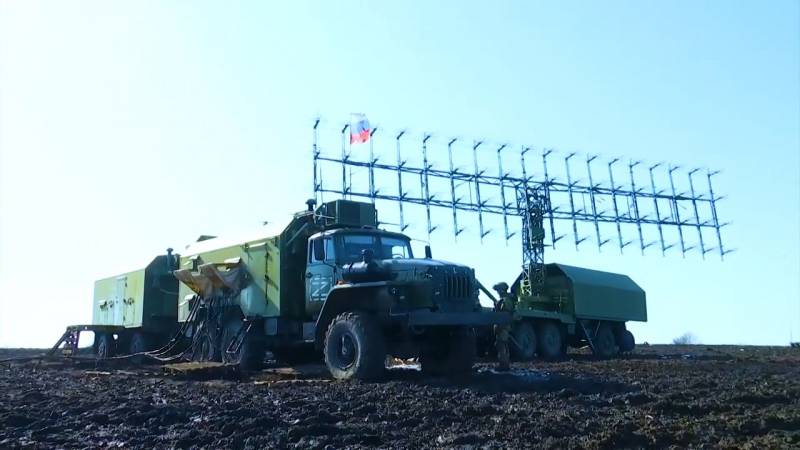
Radar 1L13 Nebo-SV. Photo by the Ministry of Defense of the Russian Federation
Almost all UAV models support two-way communication with the control station. An outgoing signal can be detected by an electronic intelligence system, which will then calculate the location of its source. In addition, the RTR is able to determine the coordinates of the operator of the aircraft and strike at him. The defeat of the control station in a number of situations will be more useful than the suppression / destruction of the UAV.
All of these aerial target detection principles can be used alone or in combination. For example, the Pantsir-S1 anti-aircraft missile and gun system simultaneously carries radar and OES to illuminate the air situation. During tests and real combat use, he repeatedly demonstrated the ability to detect, track and destroy various UAVs, including small and inconspicuous samples.
Possible appearance
"Laboratory PPSh" so far only reports on the development of new detection systems and does not provide any technical information. However, one can imagine what promising stations for detecting and recognizing UAVs, suitable for placement on important objects, could be.
The stationary execution of new systems is mentioned. Such a station can be mounted in a container, facilitating transportation and deployment. Directly in the container, standard or reduced, there will be the main appliances. The operator's workplace can be organized directly in the container or placed outside it.
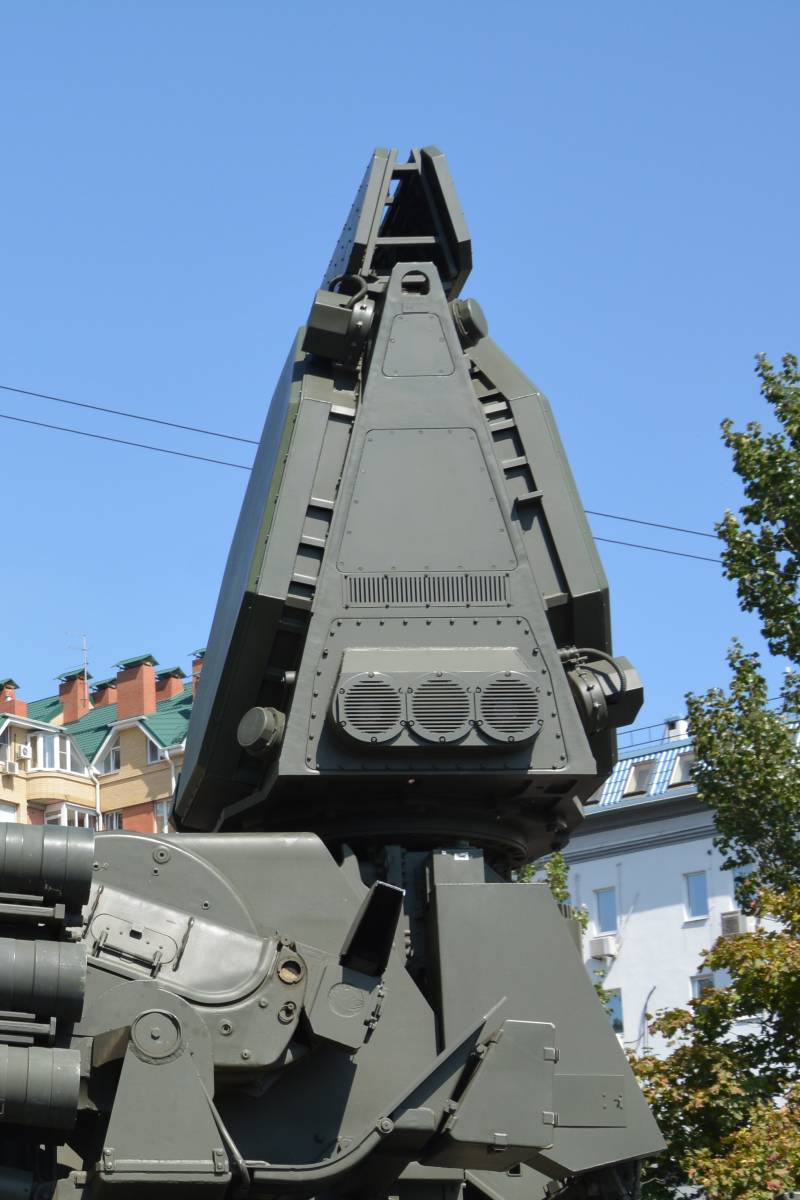
Target detection station ZRPK "Pantsir-S1", side view
What detection principles are used by the PPSh Laboratory is not reported. All known methods for detecting UAVs have their advantages and disadvantages, and are suitable for use in advanced detection systems. It can be assumed that the "PPSh Laboratory" will focus on radio equipment and methods. The company has extensive experience in this area, and it should be used in new projects. Refusing such developments or mastering other areas, no less complex, is simply not advisable.
Regardless of the principles of detection, promising systems will be able to detect the UAV, determine its location in real time and tie the route. Probably, it will be possible to provide simultaneous tracking of several air targets. The function of determining the type of aircraft by radar signature, features of emitted and received signals, etc. will also be useful. Recognition of such a target to a certain extent will simplify the subsequent suppression or destruction.
Obviously, detection systems require modern means of communication. Through a secure channel, data about targets should be transmitted to weapons of destruction or suppression. This requires both voice communication and the ability to transmit coded data, depending on the recipient of the target designation.
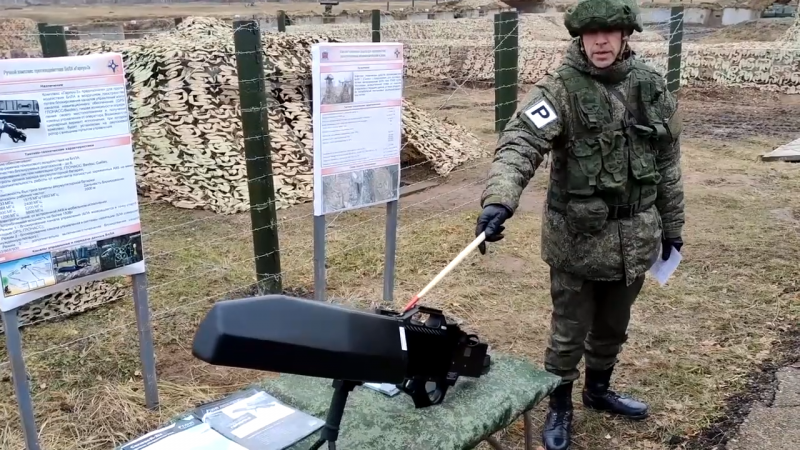
"Anti-drone gun" type "Harpoon-3" of one of the army units. Photo by the Ministry of Defense of the Russian Federation
A specialized detection station, optimized to counter UAVs, will be able to complement existing radars and RTR systems. It is possible that such samples can be included in the composition of existing military or object air defense systems to strengthen them in the context of an urgent task.
According to promising stations, various suppression systems or fire weapons will be able to work. These can be portable or stationary suppression / blocking systems, full-size electronic warfare systems of various types, and even anti-aircraft missile or missile-gun systems. At the same time, developers of detection systems and countermeasures will have to pay attention to the issues of interfacing their products.
Threat Response
Thus, the current threat in the form of unmanned aerial vehicles for various purposes receives the necessary attention. A number of existing air defense and electronic warfare systems are already capable of dealing with such targets, while others are undergoing the necessary adaptation. In addition, new specialized countermeasures are being developed that will only work with UAVs.
Complexes of this kind are already being mass-produced and are entering service. So, in the current Special Operation, the “anti-drone guns” of several models of domestic development have been widely used. Now, thanks to the efforts of one of the developers of such equipment, we should expect new specialized means of detecting UAVs. When they will appear has not yet been reported, but the positive consequences of their use are already clear.
Information